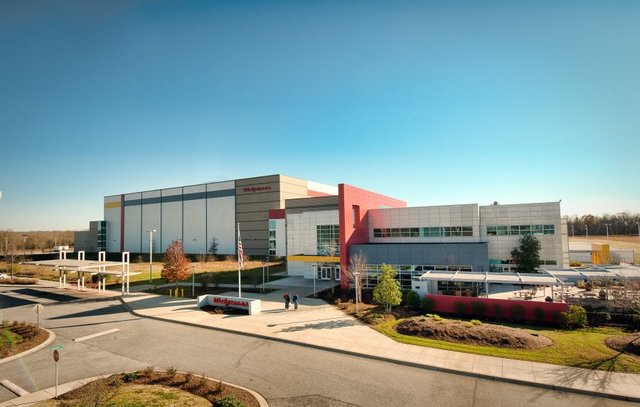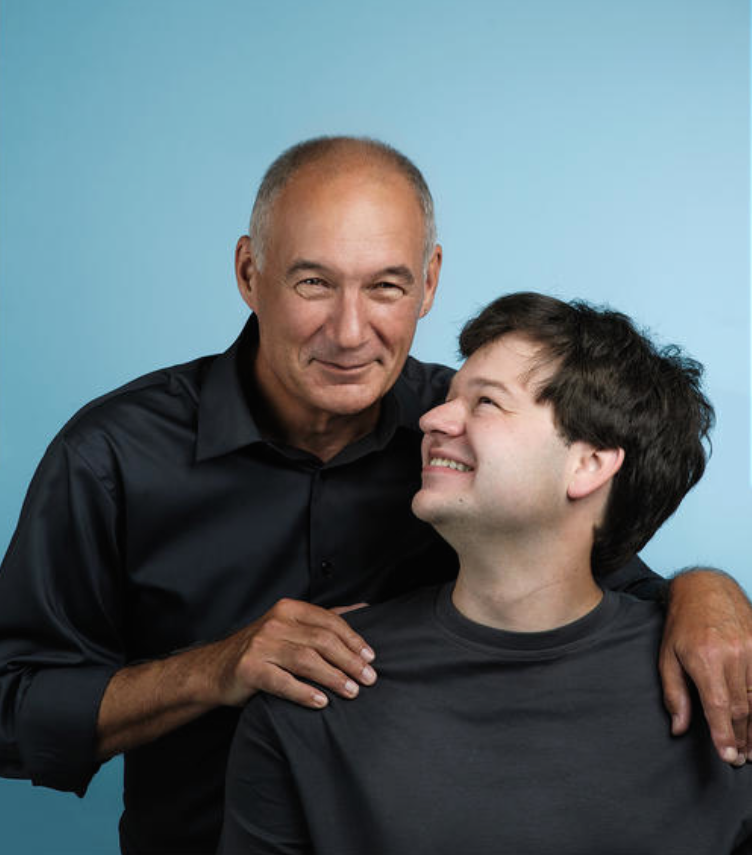By Joan Leotta
Born This Way, the Emmy award winning reality show featured on A&E, has set a new standard for people with disabilities in the entertainment industry. Now in its third season, the series grants a weekly glimpse into the lives and minds of people with Down Syndrome, as they experience the thrills and challenges common to all. In allowing millions of Americans to follow these thriving young adults, Born This Way fuses the ordinary with the extraordinary, as its fans learn to see people with the full or partial extra copy of chromosome 21 as capable, interesting individuals, and not as generic “Down syndrome” folks.
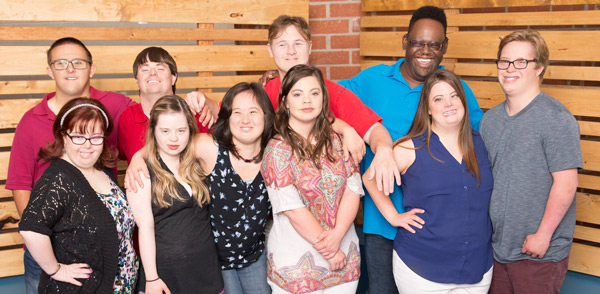
The cast of Born This Way: Top row (l to r): Sean, Jared, Steven and John). Bottom Row (l to r) – Rachel, Megan, Elena, Cristina, Caley and Cole
Development of Born This Way
Born this Way (BTW) was developed internally at Bunim Murray Productions (BMP) where founder Jon Murray also serves as executive consultant. “Part of BMP’s mission,” Murray explains, “has been to feature people on TV who have been previously marginalized. We did it with The Real World on MTV where we feature 7 young adults of diverse backgrounds and we have done it in our casting of Project Runway on Lifetime.” As it turned out, BMP’s offices were located within a 10-minute drive of New Horizons of North Hills, a non-profit that provides services to people with developmental disabilities. In getting to know some of the clients of New Horizons, Murray and others at BMP realized that a community existed that was not being explored on prime-time television. Featuring the Down syndrome community was a project that fit the company’s goals and experience.
Casting the Show
In its search for cast members for the show, BMP benefitted from the support of local and national organizations such as New Horizons, Performing Arts Studio West, Special Olympics, Best Buddies, and National Down Syndrome Congress. Each assisted BMP in either the recruiting or the auditioning process. Still, as Murray points out, BMP approached selecting individual cast members as it does any other program. “We interviewed the potential participants on camera, getting to know them and their families. We also put them together with other potential cast members to see how they interacted with others.” As the selection process narrowed, the participants, who are paid for their work, “had an agent or lawyer negotiating their deal for them.”
Building Trust and Telling Stories
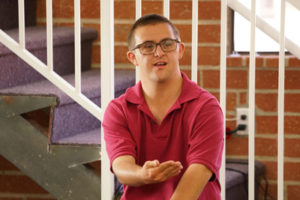
Born This Way cast member Sean
One factor in BTW’s success is the trust fostered between the cast and the production team. According to Murray, BMP lays this foundation “by reaching out to different organizations and non-profits that work with people with Down syndrome.” In particular, New Horizons, RESPECTABILITY USA, and Gail Williamson of KMR Talent, who is also the parent of a child with Down syndrome have offered an invaluable expertise. The result has been groundbreaking programming that treats the cast as individuals and tells their stories with respect.
Though not without spontaneity, reality television does require direction. As Murray points out, “There is no script, but all of us (producers and cast) know what we are shooting each day. We don’t shoot 24-hours a day. We only shoot when specific things are happening that are part of the stories we are trying to capture.” Laura Korkoian who heads up the production staff “meets with the cast and their families at the beginning of each season to find out what is happening in their lives …We then work with the families and our principal cast to capture the story as it happens.” Meanwhile, behind the scenes, a team of people craft the gathered footage into a sixty-minute (minus ad time) show.
To determine which person will be selected for the single person camera cameos featured in each show, the production staff (consisting of Laura and her team) conducts regularly scheduled interviews with the cast and their family members. The staff then develops questions related to their observations during filming. It is at that point, Murray explains “we edit the episodes and decide which interviews to use”. The lag time between shooting and airing is about three months.
In weighing the differences and similarities between BTW and other reality programming, Murray observes that “for the most part, this show is approached the way we shoot a number of our family based series. We work with the families to figure out what we will shoot and how we will tell their stories. The one difference might be that we have aligned with some non-profit organizations to help educate our team about people with Down syndrome. This alignment not only helps us tell our stories responsibly, it also sparks ideas for stories. Most of our cast and families already knew each other, giving Born This Way an authenticity many reality shows don’t have. That authenticity is further enhanced by the fact that our cast is very honest in their interactions with each other. I also love that the families of our cast are featured in the series. It is wonderful to watch our casts’ amazing parents who work so hard to help their children work towards full independence.”
Family Affair

Bea, Megan and Kris
Some of the show’s most compelling moments took place at the Down Syndrome Association of Orange County when parents of cast members were filmed sharing their joys and challenges with the parents of toddlers with Down syndrome, all the while cast members interacted with the young children. As Murray explained, “we worked with the organization to plan the event. We thought it would be interesting for parents with babies and infants to hear from our parents and it would be interesting for our cast to take on the job of baby-sitting. Everyone who came to the event signed a release. Once the event was underway, we just filmed what happened.”
The episode was amazing not only in the absolute joy of the interaction between the toddlers and adults with Down syndrome, but also in the lesson of how much progress has been made in the public perception of people with Down. The parents of the adults recalled being told to “give up” on their children in an era when services were limited. The toddlers’ parents received fresh hope as they were encouraged to believe that with hard work and persistence their children can achieve anything. The episode conveyed to the audience, too, that Down syndrome is not a limitation. It’s just a different path.
Success of the Show
Murray describes the Emmy nomination and win as great boosts for a show that began with only six episodes in its first season: “We were honored to be nominated and we were thrilled to win. It was definitely one of the top five moments of my career. And I know it was huge for our cast and their families. They were all warmly greeted by everyone at the Emmy’s including some of their favorite stars like Heidi Klum, Ryan Seacrest and Jane Lynch.”
The second season saw an increase to eleven episodes while season three will cap at ten. Murray also shared that, “Everyone is returning for season three. Plus, there will be a few new faces, but we’re staying mum for now the identity of those new faces.”
The Future
When asked what the success of Born This Way might mean for the future of people with disabilities in the entertainment business, the short answer from Murray is: “stay tuned.”
While this reply hints at what is to come, there can be no question of what has been accomplished. The producers and assembled cast of Born This Way have laid a rock-solid foundation for people with disabilities to walk out onto the world stage with greater confidence and independence. They have won over a viewership now capable of accepting people born with Down syndrome for who they are and who they can be.
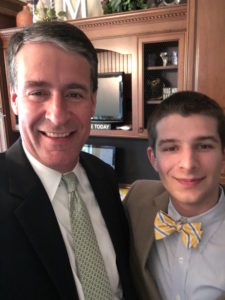
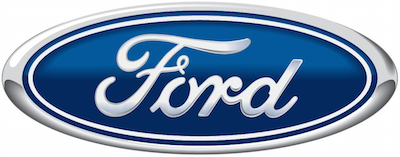 For over a century, the Ford Motor Company has distinguished itself as an innovator in automotive technology and design. With 67 plants worldwide, this industry giant commands a workforce of over 200,000 that will now expand to include persons on the autism spectrum as part of its groundbreaking program FordInclusiveWorks. While similar employment models are increasingly common throughout the business world, what distinguishes the Ford initiative is that positions will be offered at various levels throughout the company rather than in assembly lines alone
For over a century, the Ford Motor Company has distinguished itself as an innovator in automotive technology and design. With 67 plants worldwide, this industry giant commands a workforce of over 200,000 that will now expand to include persons on the autism spectrum as part of its groundbreaking program FordInclusiveWorks. While similar employment models are increasingly common throughout the business world, what distinguishes the Ford initiative is that positions will be offered at various levels throughout the company rather than in assembly lines alone Crucial to achieving those goals has been the partnership Ford built with
Crucial to achieving those goals has been the partnership Ford built with 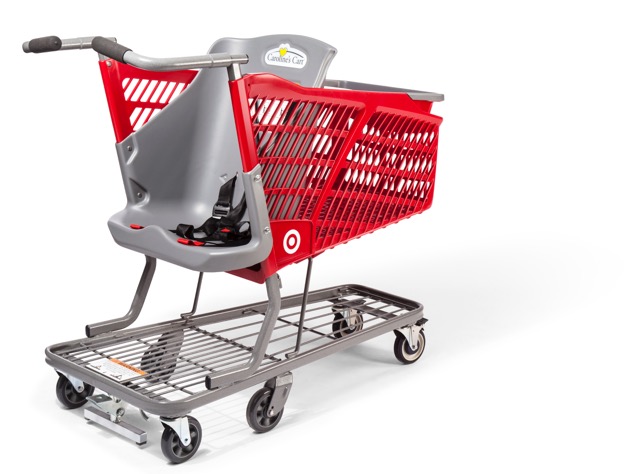 Before Caroline’s Carts, a trip to the grocery store or a quick dash to pick up household or clothing items could be a logistical nightmare for families with a special needs child or an adult family member who cannot be left alone. By making it possible for these families to enjoy one more bit of normalcy in their lives, Drew Ann Long, inventor of Caroline’s Cart and the mother of a child with Rett Syndrome, has now changed the dynamic of that everyday experience.
Before Caroline’s Carts, a trip to the grocery store or a quick dash to pick up household or clothing items could be a logistical nightmare for families with a special needs child or an adult family member who cannot be left alone. By making it possible for these families to enjoy one more bit of normalcy in their lives, Drew Ann Long, inventor of Caroline’s Cart and the mother of a child with Rett Syndrome, has now changed the dynamic of that everyday experience.